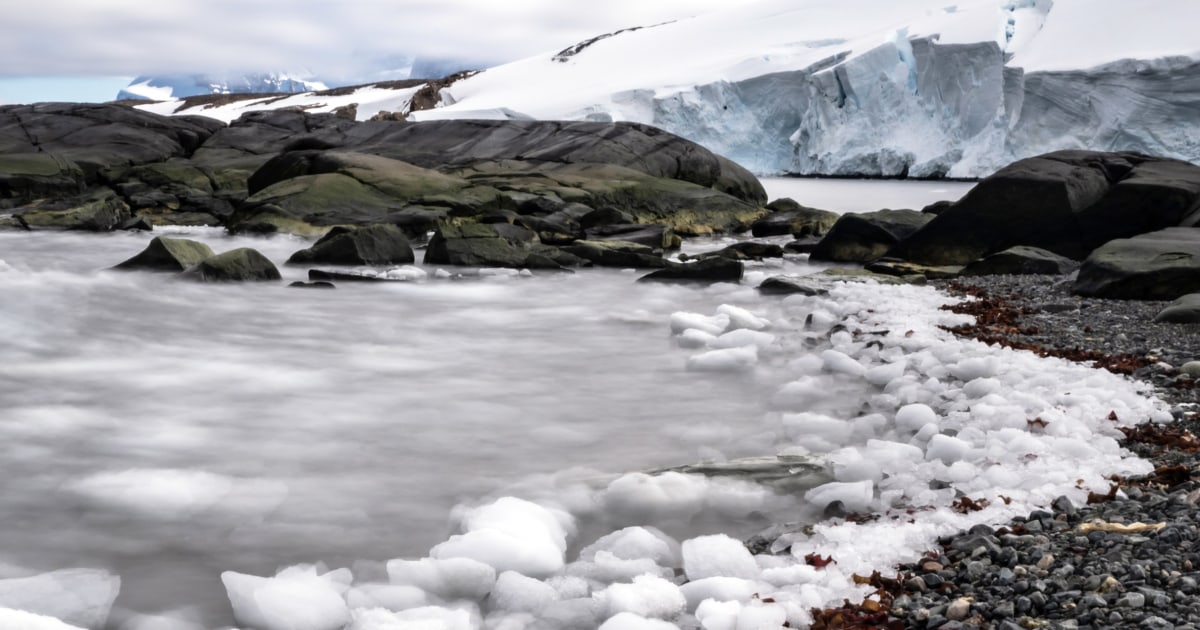Key takeaways:
- Scientists have discovered a hidden landscape of hills and valleys beneath the East Antarctic Ice Sheet, estimated to be at least 14 million years old.
- The discovery was made by a team of British and American researchers, using radar data from the European Space Agency’s CryoSat-2 satellite.
- The researchers warn that human-driven global warming could threaten to expose the ancient landscape, and hope their findings will help to better understand the history of the Antarctic ice sheet.
Scientists have discovered a hidden landscape of hills and valleys beneath the East Antarctic Ice Sheet, which has been frozen in time for millions of years. The landscape, located in the Wilkes Land region bordering the Indian Ocean, is estimated to be at least 14 million years old and potentially as old as 34 million years. It covers an area roughly the size of Belgium or the U.S. state of Maryland.
The discovery was made by a team of British and American researchers, led by glaciologist Stewart Jamieson of Durham University. Jamieson said the landscape has never been seen before and is “an undiscovered landscape.”
The researchers used radar data from the European Space Agency’s CryoSat-2 satellite to map the landscape beneath the ice. They found evidence of valleys and ridges, which they believe were carved by ancient rivers before being covered by the ice sheet.
The researchers warn that human-driven global warming could threaten to expose the ancient landscape. If the ice sheet melts, the landscape could be revealed and become vulnerable to erosion and destruction.
The researchers hope their findings will help to better understand the history of the Antarctic ice sheet and how it has responded to climate change in the past. The study was published in the journal Nature Communications.



Be First to Comment